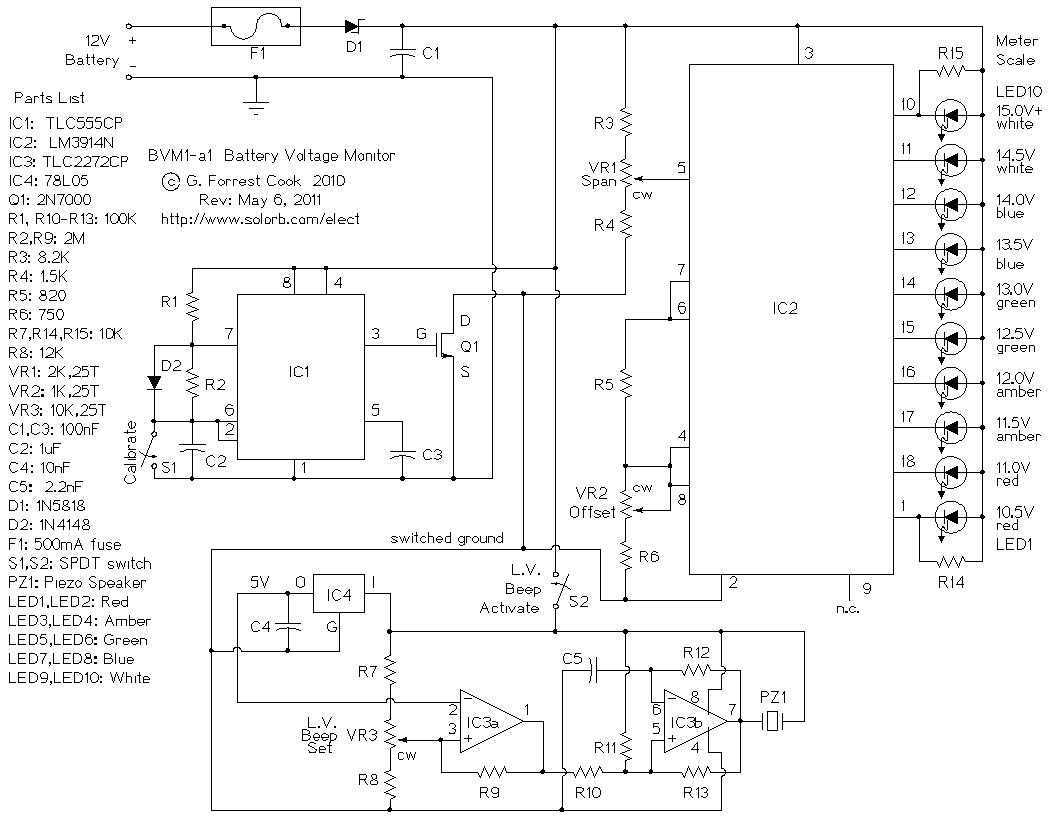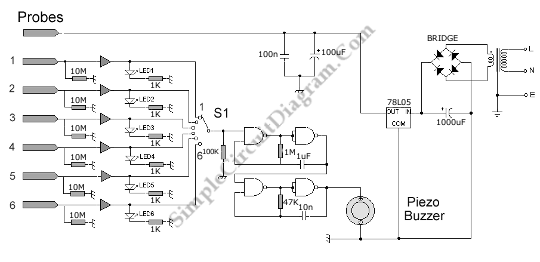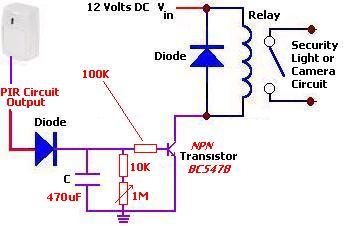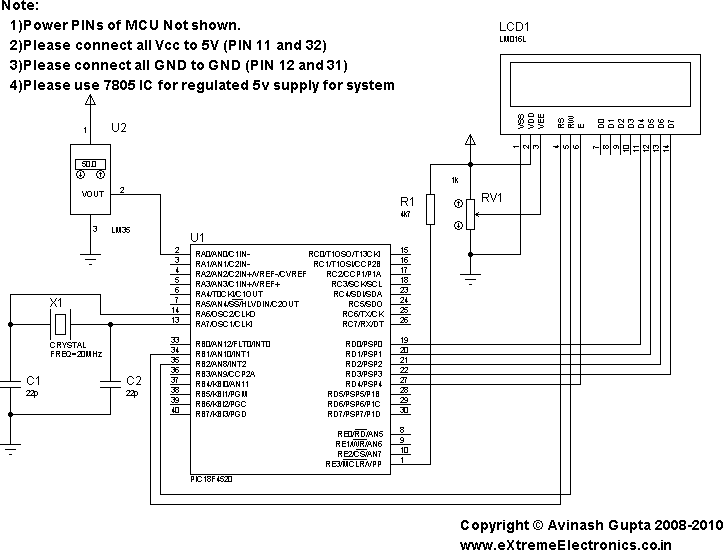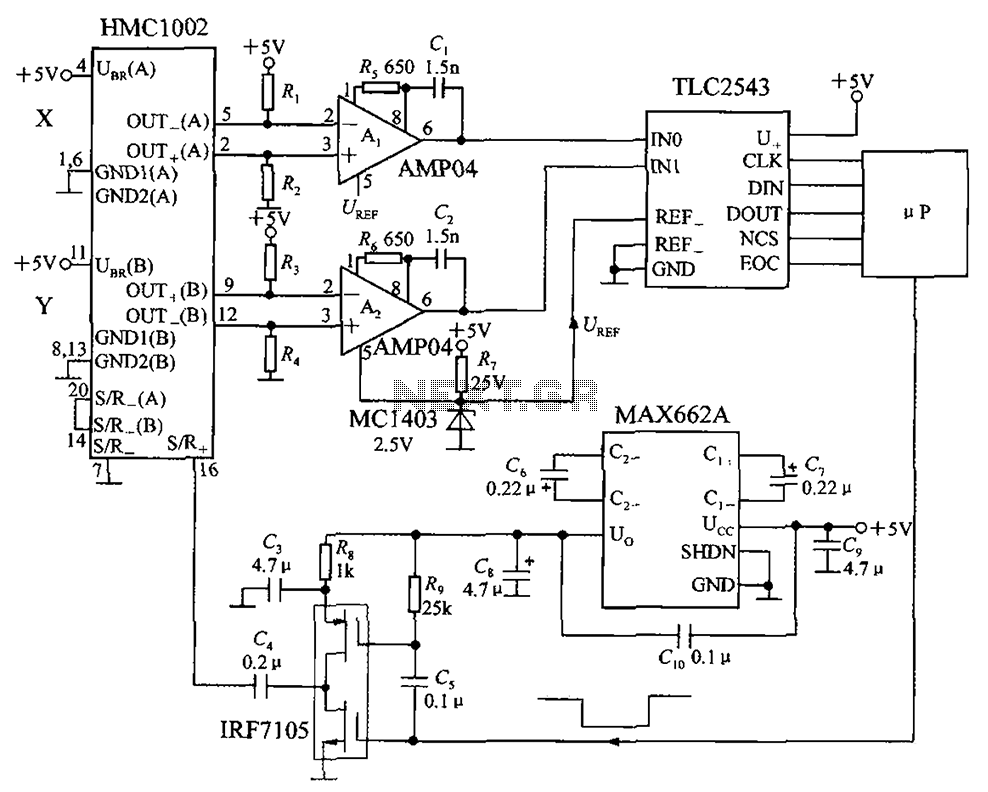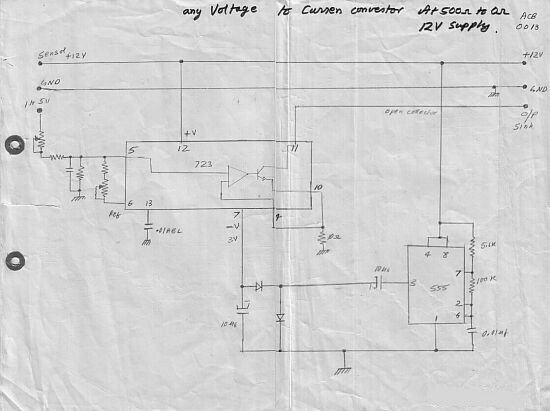
Isolated Voltage Sensor With IN4148 IC
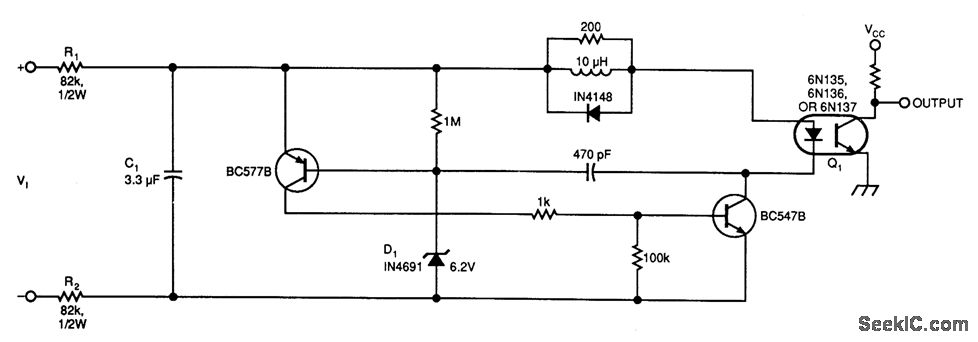
This circuit below illustrates a simple voltage-controlled oscillator (VCO) connected to instrumentation via an optoisolator.
The voltage-controlled oscillator (VCO) circuit operates by generating a periodic waveform whose frequency is determined by an input control voltage. The primary components of this VCO may include a voltage-controlled capacitor, a resistor network, and an operational amplifier configured as an integrator. The output of the VCO typically provides a square wave or triangular wave signal, which can be utilized in various applications such as signal modulation, frequency synthesis, or as a clock source in digital circuits.
The inclusion of an optoisolator serves to electrically isolate the VCO from the instrumentation, ensuring that any high voltages or noise present in the VCO circuit do not affect the sensitive measurement equipment. The optoisolator consists of an LED and a phototransistor; when the LED is activated by the VCO output, it emits light that triggers the phototransistor, allowing for a corresponding signal to be transmitted to the instrumentation side without direct electrical connection.
In this configuration, the VCO can be tuned by varying the control voltage, which adjusts the capacitance and resistance values, ultimately changing the frequency of the output signal. This design is particularly advantageous in scenarios where electrical isolation is crucial for safety and signal integrity, such as in industrial automation, communication systems, and electronic testing environments.This circuit bellow shows a simple voltage-controlled oscillator (VCO), coupled to your instrumentation by an optoisolator, the function for .. 🔗 External reference
The voltage-controlled oscillator (VCO) circuit operates by generating a periodic waveform whose frequency is determined by an input control voltage. The primary components of this VCO may include a voltage-controlled capacitor, a resistor network, and an operational amplifier configured as an integrator. The output of the VCO typically provides a square wave or triangular wave signal, which can be utilized in various applications such as signal modulation, frequency synthesis, or as a clock source in digital circuits.
The inclusion of an optoisolator serves to electrically isolate the VCO from the instrumentation, ensuring that any high voltages or noise present in the VCO circuit do not affect the sensitive measurement equipment. The optoisolator consists of an LED and a phototransistor; when the LED is activated by the VCO output, it emits light that triggers the phototransistor, allowing for a corresponding signal to be transmitted to the instrumentation side without direct electrical connection.
In this configuration, the VCO can be tuned by varying the control voltage, which adjusts the capacitance and resistance values, ultimately changing the frequency of the output signal. This design is particularly advantageous in scenarios where electrical isolation is crucial for safety and signal integrity, such as in industrial automation, communication systems, and electronic testing environments.This circuit bellow shows a simple voltage-controlled oscillator (VCO), coupled to your instrumentation by an optoisolator, the function for .. 🔗 External reference
